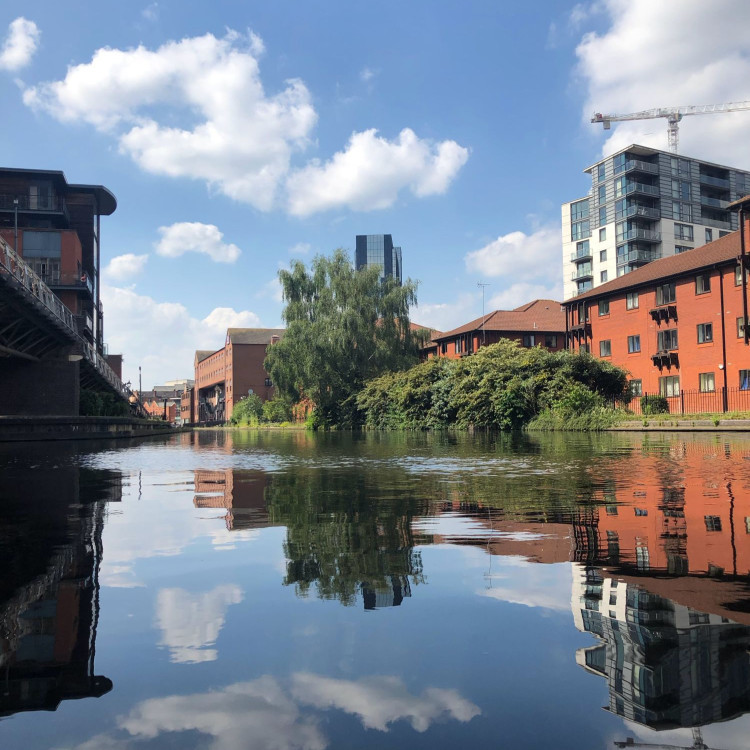Navigating Southwest Florida Flood Zones and FEMA 2.0
As a real estate agent in Southwest Florida, I often hear questions about how FEMA flood maps and FEMA 2.0 work. Understanding FEMA flood maps and FEMA 2.0 can be important when it comes to buying or selling a home in this area. Many people are confused on how the FEMA flood map process works, however, it is often simpler than most would assume.
Flood Maps and the BFE
First, FEMA flood maps are based on elevation data from the United States Geological Survey (USGS). The USGS elevation data is used to determine the base flood elevation (BFE) for an area. The BFE is the elevation that floodwaters would reach during a 100-year flood. The higher the BFE, the higher the risk of flooding in an area. Once the BFE is determined, FEMA flood maps are created to show the special flood hazard areas (SFHAs) and the flood insurance rate zones (FIRMs). SFHAs are areas that are at a higher risk of flooding, while FIRMs are areas that are at a lower risk of flooding.
FEMA 2.0 vs FEMA 1
For starters, there are two primary types of FEMA flood maps – the original FEMA flood maps and the updated FEMA 2.0 maps. The original FEMA flood maps were created to provide floodplain and flood insurance data. These maps show the areas that have a higher risk for flooding and the areas that have a lower risk for flooding. FEMA 2.0 takes the original FEMA flood maps a step further by providing an updated assessment of flood risk and also potential discounts for flood insurance.
The newer FEMA 2.0 maps began on October 1st of 2021 and are based on updated data from the National Flood Insurance Program (NFIP). These updated maps provide a more detailed assessment of flood risk and also provide information on potential flood insurance discounts. This updated assessment includes data from the latest National Flood Insurance Program (NFIP) and other sources.
For those who are buying or selling a home in Southwest Florida, it's important to understand whether your property or potential property is in a flood zone and how or if FEMA 2.0 will effect it. A real estate agent can help you navigate the flood maps to see determine if your property is located within one of these areas prone to flooding. However, this is where having a good insurance agent is important. They can help you find the right coverage for you based upon your designated Flood Zone.

Flood Zone Designation Overview
The Federal Emergency Management Agency (FEMA) has identified and mapped several areas, one of which is Special Flood Hazard Areas (SFHAs). These are areas that have a 1 percent chance or more of being inundated with flooding within a given year. SFHAs are labeled as Zone A, Zone AO, Zone AH, Zones A1-A30, Zone AE, Zone A99, Zone AR, Zone AR/AE, Zone AR/AO, Zone AR/A1-A30, Zone AR/A, Zone V, Zone VE, and Zones V1-V30.
In addition to Special Flood Hazard Areas (SFHAs), FEMA has designated Moderate Flood Hazard Areas as well, marked Zone B or Zone X (shaded), which lie between the limits of the base flood and the 0.2-percent-annual-chance (or 500-year) flood. Areas of minimal flood hazard, which are not part of the SFHA and have an elevation higher than the 0.2-percent-annual-chance flood, are given the label Zone C or Zone X (unshaded), these are the least likely to flood.
It's important to understand FEMA flood maps and FEMA 2.0 when buying or selling a home in Southwest Florida. This includes understanding the special flood hazard areas and the flood insurance rate zones. Knowing this information can help in making an informed decision when it comes to buying or selling a home in this coastal region.
Find out more by visiting the FEMA flood website https://www.fema.gov/flood-maps . If you have any questions or need help understanding your specific situation in Southwest Florida, please don't hesitate to contact me. As a real estate agent, I'm here to make sure you make the right decision when buying or selling a home in Cape Coral, Fort Myers, or any other area in Southwest Florida.



